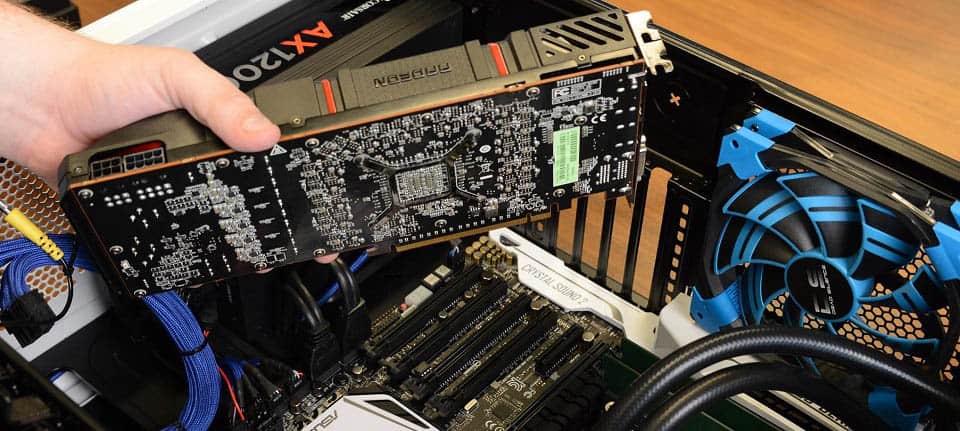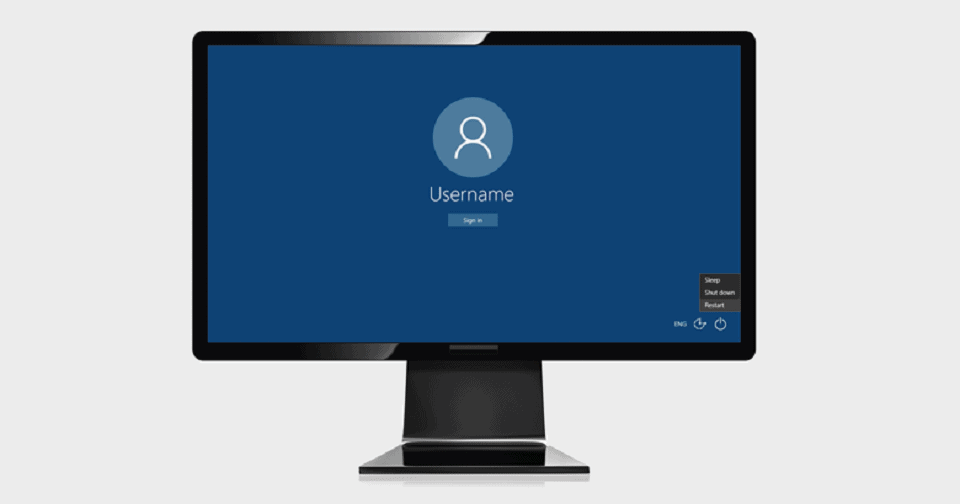Is It Easy to Install a Video Card
Getting a new graphics card is like Christmas for any PC gamer. It marks the end of stuttering and low FPS and you will finally be able to game at gloriously high resolutions with cutting-edge visuals. But do you know how to install a graphics card?
Although a new graphics card is an amazing addition, the process of plugging it into your PC can look tricky, and that's what we're here to describe. Luckily, other than a RAM upgrade, the GPU upgrade is probably the easiest one.
However, like anything else inside your computer, you need to be careful when removing your old graphics card and installing a new one. Don't worry, we're here to guide you through the process.
Step 0 – Things To Consider Before Buying A Card

You might be under the impression that your PC doesn't have any prerequisites for a new graphics card. Although that's mostly true, there is one important thing to keep in mind: you should be well aware of what PSU you have, as well as which power connector cables are included with it.
Depending on the power connector cables that come with the PSU, you might need to use adapters, so conduct your research in advance. Something to keep in mind when checking out new graphics cards is that its power usage should be in the 40-50% range of your PSU's total capability.
Furthermore, if you aren't specifically upgrading, but rather adding another GPU, either via SLI, Crossfire, or NVLink, you will need to account for that extra power consumption as well.
One aspect that is often overlooked is the importance of checking whether you have space in your case for your new graphics card.
It's very likely that your new GPU will be a different size from your current one. Some top-notch graphics cards are approximately as large as a medium-sized cat, so it's possible that your existing case won't be able to hold it.
This is a whole other issue. If this applies to you, you might need to get a new case which will lead to more work, as you will essentially have to re-build your entire PC.
Step 1 – Before Turning Off Your PC

If you have bought a new card that's from a different manufacturer (AMD or NVIDIA) than the one you already own, you need to fully remove all of the drivers from your PC prior to installing the new graphics card.
The next logical step would be to uninstall all the drivers via the Control Panel, but there is some data hidden deep in the registry and other areas. As such, it's best if you install Display Driver Uninstaller and run it in Safe Mode. This is a free and easy to use software, and it will simplify the process significantly.
Although recommended, this step isn't necessary if you're upgrading your graphics card to one from the same manufacturer, but it's a must if you're switching from NVIDIA to AMD or vice versa.
Step 2 – Discharge Static

This is a small but significant step that can save you a lot of trouble and prevent things from going awry. Before you do this, make sure to unplug all of the cables from the back and front of your PC.
After that, turn off the power supply and discharge the static by holding down the power button for about 10 to 15 seconds, then you should be all set.
Although the chances of your new GPU being fried are slim, it's still important to discharge the static to be on the safe side.
Step 3 – Remove The Old Graphics Card
The first thing to do here is to remove the power connectors. Once you have done that, unscrew the screws that are holding the GPU to the backplate. Then you only need to push down the retaining clip on the PCIe socket and gently lift/pull your old card towards you.
It might seem like you no longer need to be gentle, but you never know when your old graphics card might come in handy.
Step 4 – Insert The New Graphics Card

This step is essentially the previous step in reverse, but you still need to be careful.
When positioning the card, there shouldn't be much resistance. If there is, check that there are no cables in the way or anything else that can physically prevent you from inserting the card.
When you have moved the card all the way down, make sure that the retaining lid or the security lock is in the correct position by flicking it back up. When the GPU is properly set into its PCI-E slot, you should hear a loud and satisfying "click".
Once the new card is firmly in its designed PCIe slot, insert the power cable. The connector will only connect in one way so, if you're having trouble, you might want to try it the other way. Once the cable is in place, make sure it isn't interfering with the GPU's fan(s).
All that remains is to put back the screws and move on to the next step.
Step 5 – Reconnect The Cables And Boot Up Your Computer

All that's left now is to connect all the necessary cables, boot up your computer and bask in the glory of your new graphics card, enjoying the wonderful 60 FPS+ experience.
If you have a new graphics card, you might be wondering why the resolution is so messed up. The last step in this process is the installation of proper drivers.
Many modern graphics cards will come complete with their own auto-installing drivers, but you should still check your manufacturer's website to make sure you have the drivers' latest version.
After you have installed the latest drivers for your new graphics card, it's game time.
Source: https://www.gpumag.com/install-new-graphics-card/
0 Response to "Is It Easy to Install a Video Card"
Post a Comment